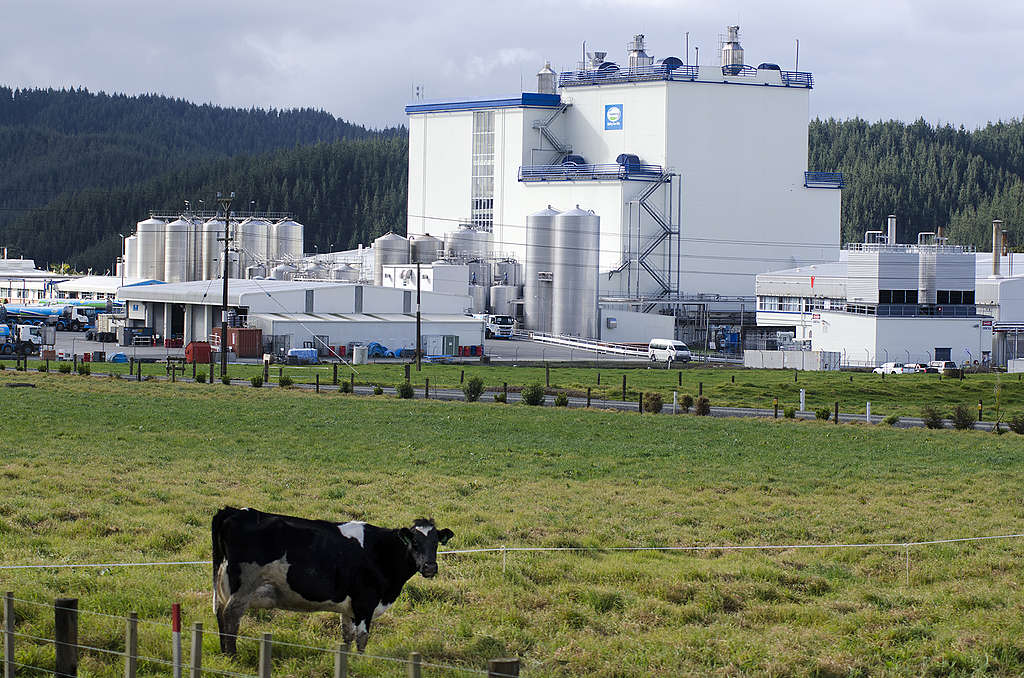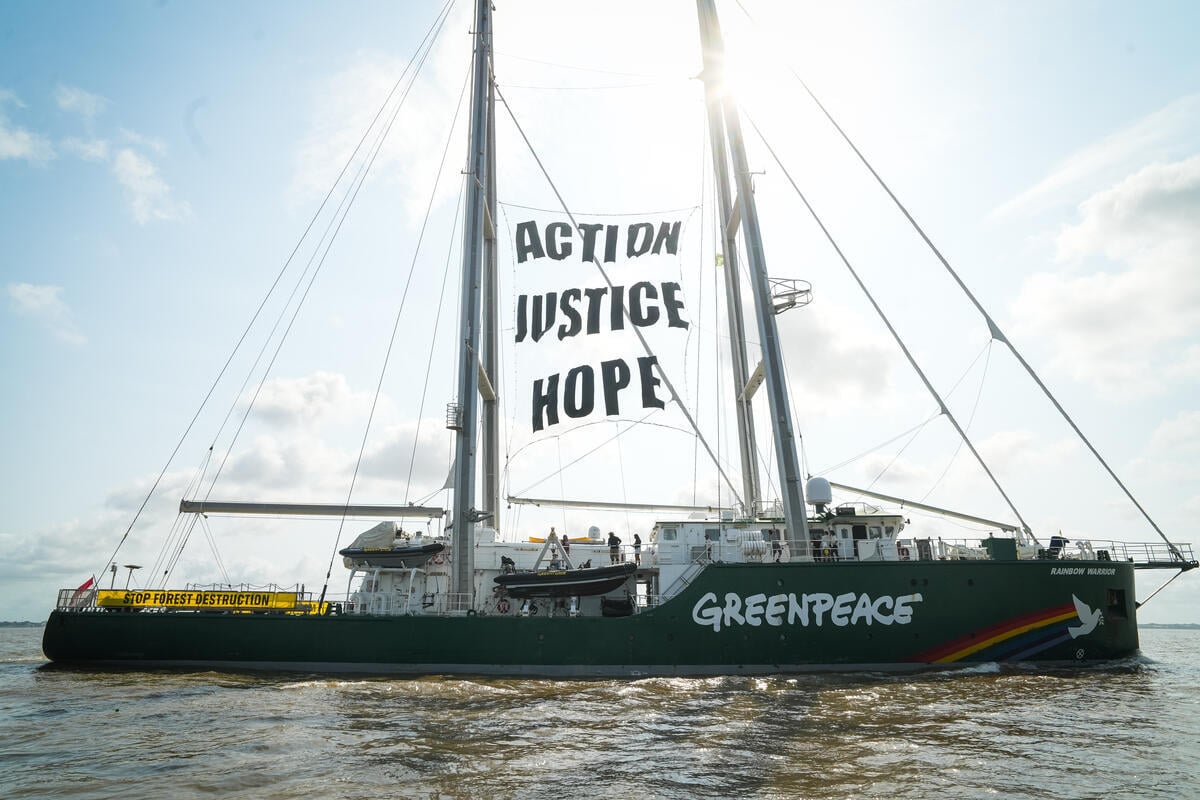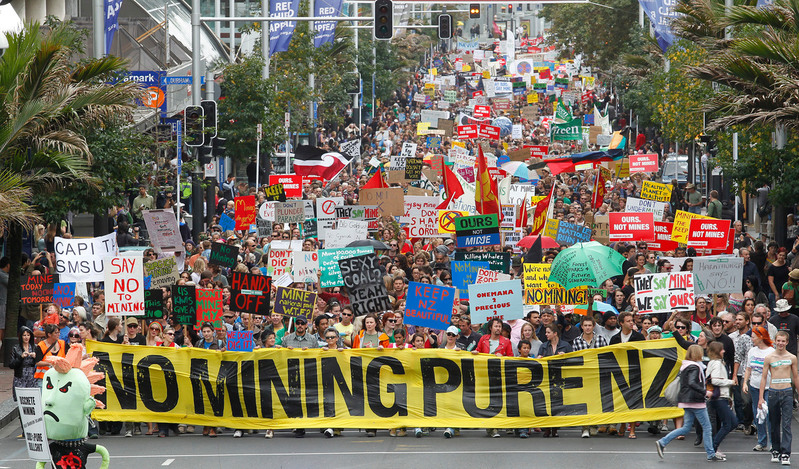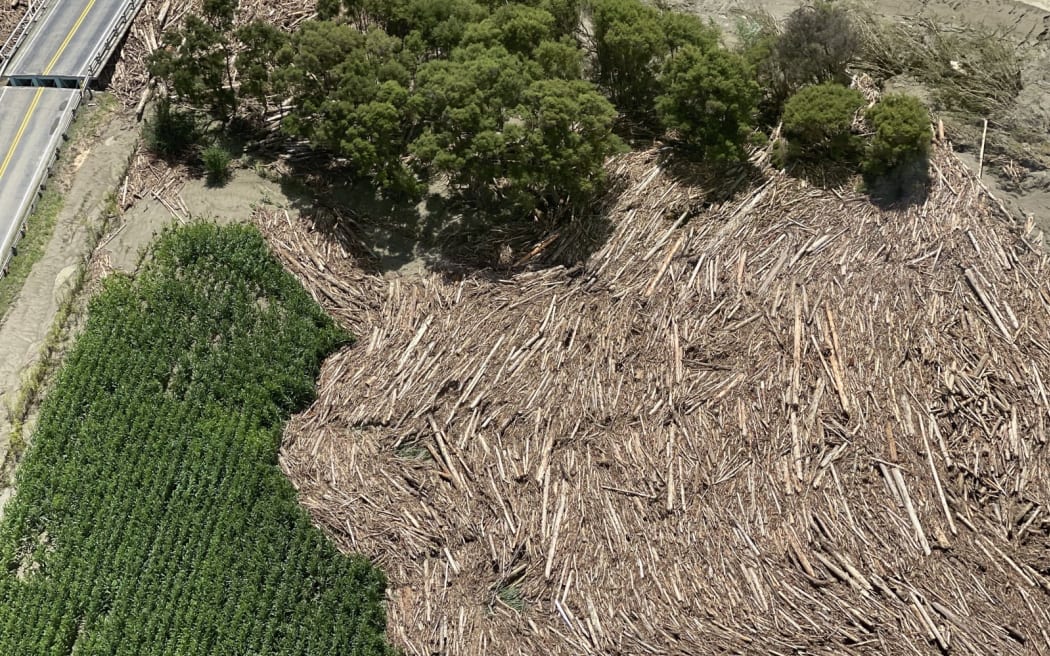After years of nothing but crickets from National on climate change, party leader Christopher Luxon finally launched a policy promising to deal with the greatest existential threat of our time.
Perhaps it was this summer’s tragic climate-fuelled cyclones and floods that brought home the realisation that something needs to be done to cut New Zealand’s rising climate pollution. Or maybe Luxon spotted an opportunity to win over the growing majority of climate-concerned New Zealanders who felt betrayed by Prime Minister Hipkins’ “bonfire” of climate policies.
Whatever the reason, the National Party has given us ‘Electrify NZ’ – a policy that Luxon claims will “turbo-charge” new wind, geothermal, and solar power projects in order to replace coal, gas and petrol-fuelled transport.
Sounds great in theory. Will it work in real life?
The short answer is: a bit. But not nearly enough.
What is the ‘Electrify NZ’ policy all about?
In a nutshell, the policy promises to make it easier to build new renewable energy projects. For a long time, the Resource Management Act made it harder to get a wind farm consented than a gas-fired power station, which is obviously outrageous given we’re in the middle of a climate crisis.
Making the consenting process easier is critical for getting more renewable projects off the ground. An important example is the Blueskin Bay community wind project which never saw the light of day due to a series of consenting hurdles. It shouldn’t require a massive consenting battle every time a new wind project is trying to get off the ground. National’s new policy attempts to address that, which is an important step.
So far so good, but does it actually help to solve the climate crisis?
First and foremost: claiming you’re discouraging fossil fuels when you’re also encouraging fossil fuels is kinda uncool.
Luxon and the National Party are still committed to bringing back new offshore oil and gas exploration. You can make a big song and dance about renewables but, if you’re simultaneously planning to reopen the oceans of Aotearoa to oil companies to drill for more climate-wrecking fossil fuels, then it’s a bit hard to take your climate concern seriously.
Sorry.
Electrify NZ would remove some barriers to new renewable energy but not all
A case in point is the Castle Hill wind farm which has been consented since 2013. If built, it would be New Zealand’s biggest wind farm and, according to RNZ, would generate power equivalent to burning 850,000 tonnes of coal every year.
It had the green light to go ahead. So why hasn’t it?
Enter what Transpower calls “investment gridlock”. Basically, the rules that govern our electricity market create a perverse incentive to keep burning fossil fuels and restrict the supply of renewable energy. It’s the dark side of our highly-renewable electricity system and the critical thing to understand if you want to “turbo-charge” renewable development in Aotearoa New Zealand.
I’ve gone into it in depth before, but the short story is that whenever Huntly is burning coal, it pushes up the price of all electricity generated. If most of the power you’re generating comes from low-cost hydropower, you can turn a very pretty profit by underbuilding renewables and ensuring there’s always a bit of coal or gas burning.
In fact, there are numerous consented wind farms that have not been built, proving that getting consent isn’t the only barrier.
National’s ‘Electrify NZ’ policy won’t deal with one of the major barriers to new renewables development: the design of the wholesale electricity market itself. And it’s not surprising that they’ve skirted around this. There will be strong pressure from the big generator-retailers or ‘gentailers’ to keep things exactly as they are.
Keeping things as they are is mostly what National delivers with this policy
Focusing on consenting rules is one of few ways to make something as shiny and exciting as clean tech renewables sound awfully boring. Luxon has assured us that this announcement is merely Chapter One of a new renewables saga. So let’s hope the next instalment offers something a lot spicier.
Here’s what I’d like to see: support to solarise half a million New Zealand households. And a big boost for community-owned renewable energy projects. Imagine if every one of us could put a power station on our own house, marae or community centre? We wouldn’t have to hold our noses every time we paid the power bill.
Across the Tasman in Victoria, the Premier’s election pitch said: “We can’t afford to go back and buy [privatised] power stations, instead we’ll put a power station on everybody’s roof.” The Australian Labor and Liberal parties have been battling it out over who can offer a more attractive solar policy. In contrast, both National and Labour have shied away from helping New Zealanders meet their aspiration to make their own energy at home. It’s about time that changed.
The naive promise that everyone can zoom around in electric car
The biggest red herring in National’s ‘Electrify NZ’ policy is the promise that, if we just increase the amount of renewable electricity we produce, then everyone can “still drive our cars when and where we want”.
Any Aucklander will tense up at the thought of driving down SH1 on a Monday morning. Whether you’re in an exhaust-spewing old banger or a shiny new Tesla, your experience will be largely the same. Our roads are clogged and congested and cause a daily dose of frustration for many commuters. While moving to electric vehicles will help the climate a bit, literally decades of evidence shows that the best way to cut pollution from transport, ease congestion and improve both mental and physical well-being, is to give people options that get them out of their cars.
Investing in separated cycleways and safe walking, alongside frequent, accessible and comfortable public transport is the key to improving how we commute. And the beauty of it is that giving more people the option to leave the car at home actually creates a lot more space on the roads for people who don’t have another option.
The cow in the corner of the room
Yes, you knew I was going to get there eventually. The biggest climate polluter in New Zealand is Fonterra. Intensive dairy alone is responsible for 25% of New Zealand’s climate pollution, and agriculture as a whole for 50%. It produces huge amounts of methane and nitrous oxide – superheating gases that are cooking the climate much faster than carbon dioxide. You simply cannot be a credible leader on climate change in New Zealand, unless you are addressing emissions from intensive dairy. And that means phasing out the enablers – like synthetic nitrogen fertiliser and imported feed – and supporting farmers to move towards more plant-based regenerative, organic farming.
So, good on ya Chris for offering a few droplets to quench New Zealanders’ thirst for meaningful climate action. ‘Electrify NZ’ is undoubtedly a good step in the right direction but you’ve got a hell of a way to go before we can call you a climate leader.

Join our call on the Government to go further than the Climate Commission’s inadequate recommendations and cut climate pollution from NZ’s biggest polluter: industrial dairying.
Take Action



